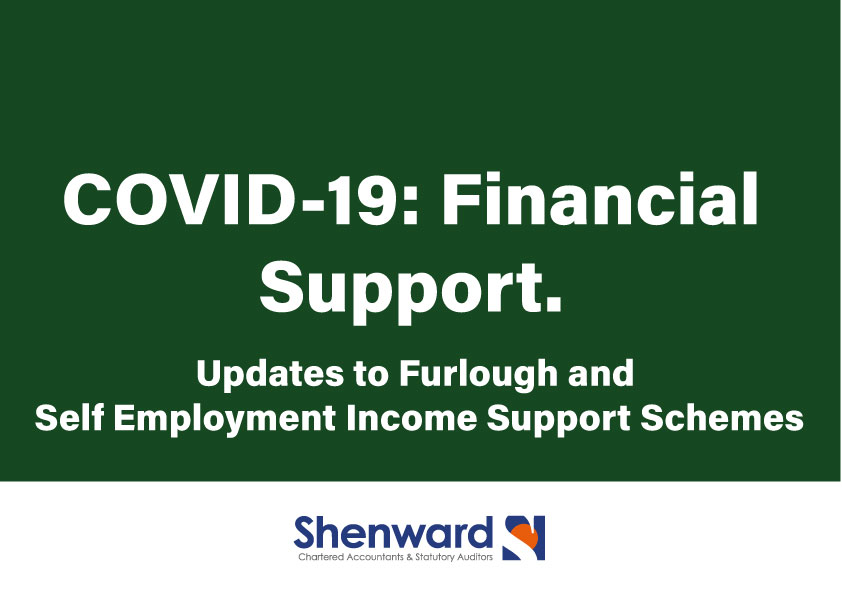Offsetting covid-19 losses against previous year’s profits
The economic fallout from the COVID-19 pandemic is already beginning to cripple even the most resilient of markets, and thus threatening national and global growth.
In the three months that the UK has spent in lockdown, we’ve witnessed businesses of all sizes dramatically slow down, if not completely halt trading activities, meaning many are heading for a significant loss in trading profits.
But, thanks to the treatment of tax losses, COVID-19 losses can be offset against previous or future years’ profits.
What does this mean?
This means that ordinarily profitable businesses who are already in or expect to be in a tax loss position due to COVID-19 related circumstances, can offset losses to either;
- Reduce future tax bills (loss carry-forward rule) or;
- Claim back tax from previous years (loss carry-back rule)
Both options will have a positive effect on cash flow allowing businesses the financial breathing space to begin rebuilding.
The loss carry-back rule
The biggest advantage of the introduction of the loss carry-back rule is that businesses will have the opportunity to claim back much-needed cash if they have incurred a significant loss in comparison to previous years’ profits.
However, as with all other tax regulations and schemes, there are certain rules which apply:
- A tax loss incurred during the 2020 or 2021 financial year can only be offset against the previous years’ profits. For example, 2021 losses cannot be offset against 2019’s profits. However, there is an exception to the rule if the business has closed and such can claim Terminal Loss Relief.
- Previous year refers to the preceding 12 months rather than the previous financial year the company operates.
The loss carry-forward rule
As long as trade continues, businesses who experience profit loss due to COVID-19 can carry forward this loss to offset against future profitable years, thus freeing up cash that would have ordinarily be used to pay tax bills.
If your company is using a carried forward trading loss in an accounting period that ends before 1 April 2017, you can only use the relief against profits of the same trade.
Where your company is using a carried forward trading loss in an accounting period that starts on or after 1 April 2017, the situation depends on when your company made the loss in question. If your company made the loss;
- before 1 April 2017, it can only be used against profits of the same trade
- on or after 1 April 2017, it can normally be used against your company’s total profits
Group Relief
Where groups of companies meet the group relief criteria (75% ownership), any loss-making companies can offset their losses to other profitable members of the same group. This enables the group to pay corporation tax on the net profits made on the group as a whole where loss-making entities are present. This is one of the key benefits for trading as a group of companies.
Next steps
We’d strongly recommend that businesses begin to look at their expected losses sooner rather than later and work with their accountants to prepare the 2020 tax return way before the deadline.
If you require assistance from any of our trained specialists, please email hello@shenward.com.









